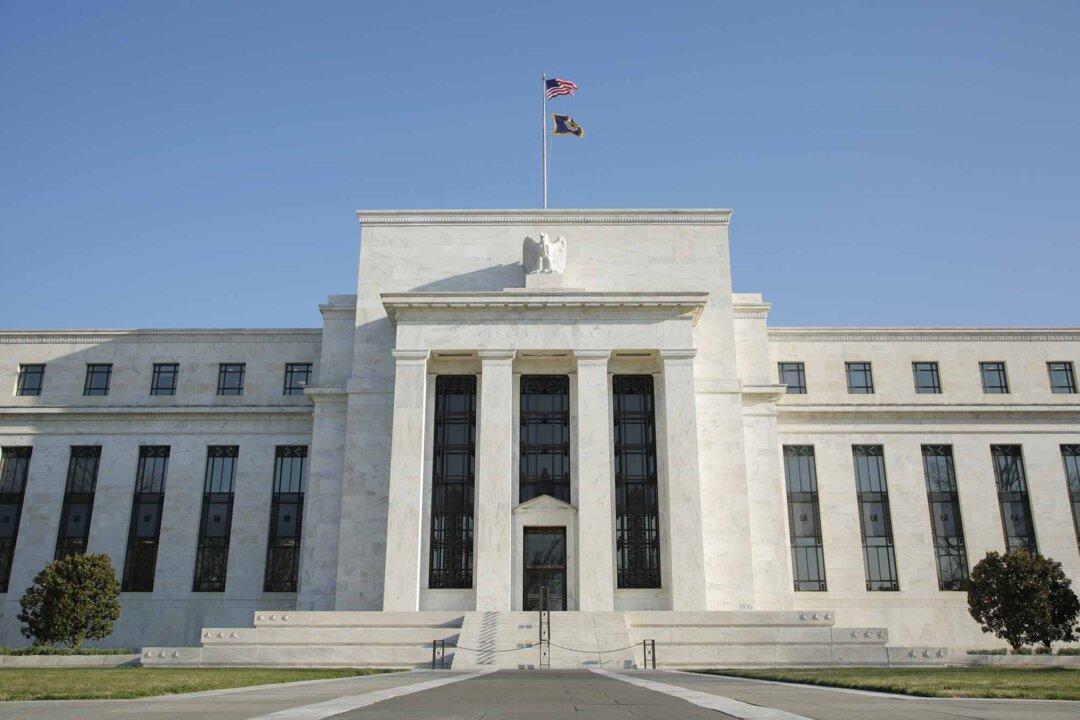News Analysis
Federal Open Market Committee (FOMC) staff economists have eliminated their recession forecasts, Fed Chair Jerome Powell confirmed at last month’s post-FOMC policy meeting press conference.

Federal Open Market Committee (FOMC) staff economists have eliminated their recession forecasts, Fed Chair Jerome Powell confirmed at last month’s post-FOMC policy meeting press conference.